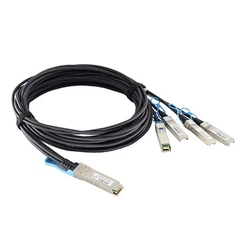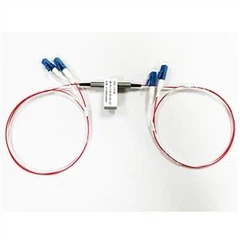1. The wavelength is different. One wavelength is 1310nm and the other is 1550nm.
2. Dispersion and loss are different. In the actual application process, the link loss of the 1310nm optical module is generally calculated at 0.35dBm/km, and the link loss of the 1550nm optical module is generally calculated at 0.20dBm/km. The calculation of the dispersion value is very complicated and is generally only for reference.
3. Different uses. The 1310nm and 1550nm bands are mostly used for medium and long-distance transmission, of which 1310nm (SM, single mode, large loss during transmission but small dispersion, generally used for transmission within 40KM), 1550nm (SM, single mode, low loss during transmission but small Large dispersion, generally used for long-distance transmission above 40KM, the farthest can directly transmit 120KM without relay).
Taking into account the different transmission loss and dispersion in the optical fiber, generally the same transmission rate and different working wavelength optical modules correspond to different transmission distances, and the receiving and emitting power may not match. The more important reason is that the carrier wavelength is inconsistent and signal demodulation is possible. There will be problems.
Can optical modules with wavelengths of 1310nm and 1550nm be connected?
Taking into account the different transmission loss and dispersion in the optical fiber, generally the same transmission rate and different working wavelength optical modules correspond to different transmission distances, and the receiving and emitting power may not match. The carrier wavelength is not consistent, and signal demodulation may be problematic.






















